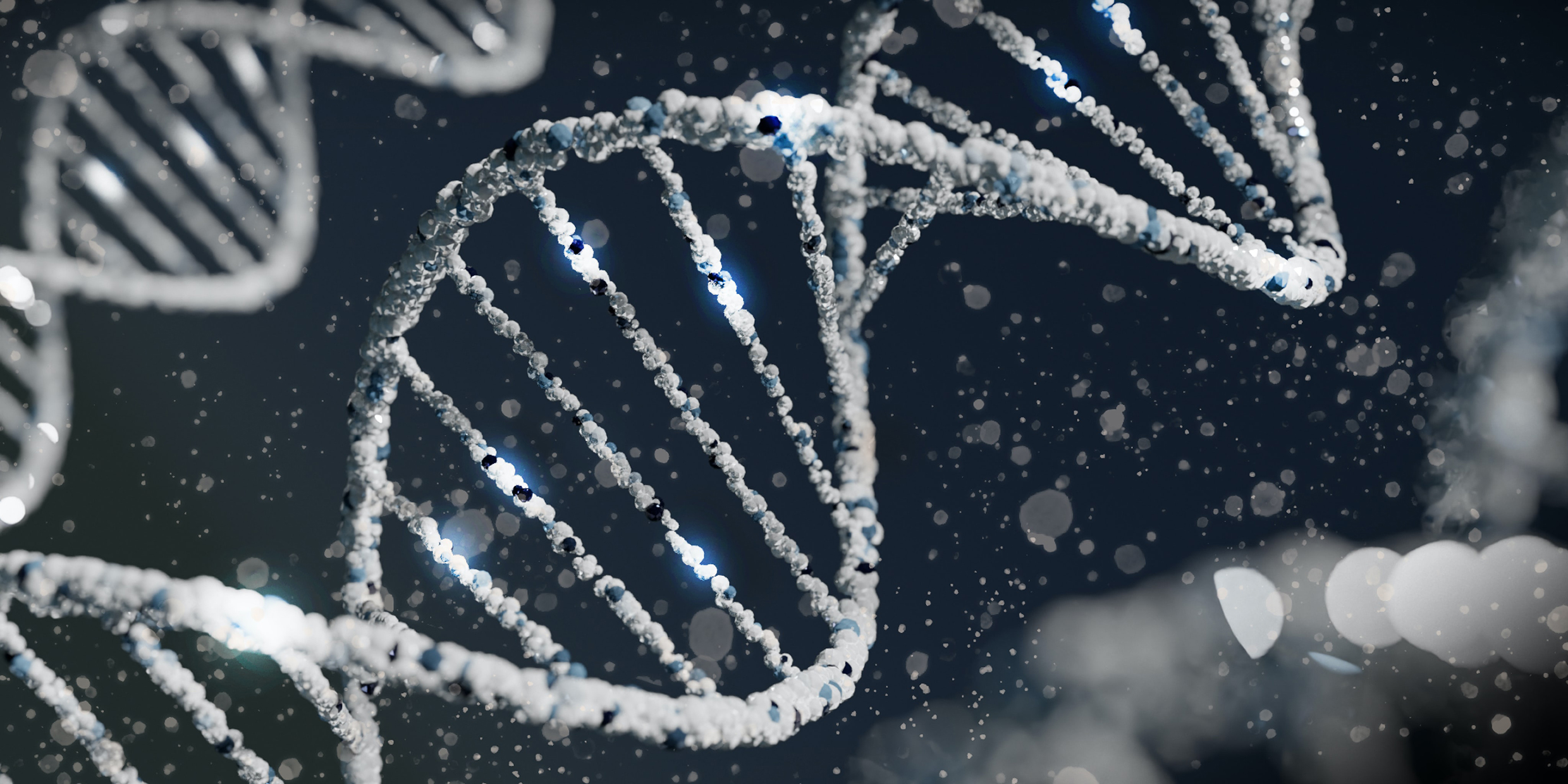Originally published 21 January 2003
Which of the following works would you choose to be lost, if only three could be saved: Michelangelo’s Pietà, Shakespeare’s Hamlet, Mozart’s Don Giovanni, or Einstein’s 1905 paper on relativity.
French microbiologist Antoine Danchin asks this question (with one inconsequential difference) in his book, The Delphic Boat: What Genomes Tell Us.
The answer is easy, he says. Trash Einstein’s paper.
Not because Einstein’s theory of relativity is any less creative or any less important than the works of Michelangelo, Shakespeare, or Mozart. In the long run, relativity may be vastly more important than the work of any artist.
If Einstein had not invented relativity, however, someone else would have done so. The idea was in the air in 1905. Sooner or later, every detail of Einstein’s work would have been achieved by someone else, or some group of people.
The same is true of most big breakthroughs in science. Newton’s theory of universal gravitation was probably inevitable in the late-17th century, if not from Newton then from Robert Hooke, say, or Gottfried Leibnitz. Darwin’s theory of evolution by natural selection was conceived simultaneously by Alfred Russel Wallace.
But if Michelangelo, Shakespeare, or Mozart had not lived, the works of their particular geniuses would be lost forever.
And so, Danchin says, we can dump Einstein’s 1905 paper on relativity in confidence that the ultimate course of scientific discovery would have been more or less unchanged.
Perhaps there are other reasons to prefer the artists to Einstein. The Pietà, Hamlet, and Don Giovanni do not, as far as I know, have a downside. Relativity, on the other hand, had its most dramatic confirmation in the horrific destruction of Hiroshima and Nagasaki. The shadow of Einstein’s brilliant idea hangs over subsequent history like a dark cloud.
But relativity also explains the Big Bang, how the stars shine, and why the universe is filled with light and life. Would we really want to live without that knowledge? Is the Pietà more important than the secret of the sun? Is Hamlet worth the knowledge of how the universe began?
Clearly, to equate a work of scientific creativity with a work of art is apples and oranges. The respective acts of creativity may have much in common, but the products of creativity in art and science are of a different nature.
Consider genetics, the subject of Antoine Danchin’s book mentioned above.
Perhaps the most important scientific discovery of my lifetime was the double-helix structure of DNA by James Watson, Francis Crick, and Rosalind Franklin, at Cambridge University in the 1950s.
The scientists knew they were in a race, and they knew the prize — the secret of life. The structure of DNA was a problem ready to be solved. Various individuals and teams of scientists in the United States and Europe were working hard to put the data together and draw the appropriate conclusion. A particularly suggestive X‑ray photograph of DNA by Franklin was the key that let Watson and Crick cop the prize.
Of course, Michelangelo was in something of a competition, too, with his artistic rivals, Leonardo, Raphael, and Titian. In the end, the artists were all winners. But DNA has a unique structure, and only one scientist or team of scientists could be the discoverer.
And what a discovery! That all of life shares the same “four-letter” chemical code, arrayed along a winding staircase molecule that unzips down the middle to copy itself, or to string amino acids together into proteins — molecular machinery of stunning simplicity that weaves a living fabric of almost infinite diversity.
Several years ago, the human genome was sequenced, 3 billion chemical “letters,” As, Ts, Cs and Gs, in a unique arrangement along the human DNA. Hundreds of scientists around the world took part in this achievement. The reading of the human genome was a work of massive anonymity.
Knowledge of the structure of DNA will live as long as Michelangelo’s Pietà, Shakespeare’s Hamlet, or Mozart’s Don Giovanni, but it will endure as an anonymous part of science. Like relativity, the discovery of the code of life has power for mischief. But it also offers a grand vision of the unity of life that eclipses the work of any single artist.
If Watson, Crick, and Franklin had not discovered the structure of DNA, someone else soon would have done so. We can do without the discoverers. It is inconceivable that we could do without the discovery.



